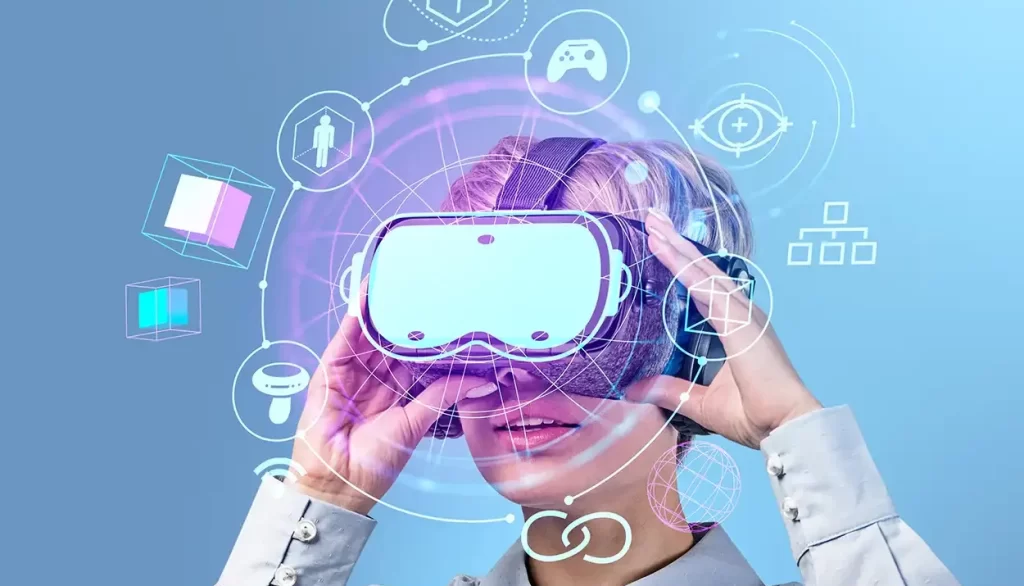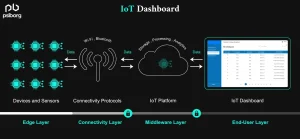Utilizing Virtual Reality for Enhanced Customer Engagement

We can use it to take customers into an alternative reality and test products and services. We can also create engaging content in VR, which can be highly emotional and can therefore promote brand loyalty.
car dealers routinely use VR representations of products for potential buyers to test-drive variations of the car that they are eyeing for a purchase; furniture sellers often use VR to help prospective buyers imagine how the furniture arrangement would look in their household rooms.
Emotional Engagement
What makes virtual reality so useful as a brand tool is that it immerses users in a world where they feel empathy for what they see in a way that human experience hasn’t allowed before, and in that moment they’re invested in the customer experience.
VR could be used by car companies to show potential customers how a vehicle would perform in different situations; furniture stores could show shoppers how their goods would look in their homes.
VR technology can help universities simulate different underwater or space environment to engage students in their learning process and, in the meanwhile, enhance their conception and understanding of distant scenarios. VR technology can also help businesses conduct a virtual meeting for their workers who are located at different states in the country.
Immersive Experience
These VR experiences give customers something unique and memorable, which will build customer loyalty and put your business at an advantage to your competitors.
Travel companies could use VR to create a simulated experience of a place, enabling people to try before they buy the trip; meanwhile car manufacturers could use it to let people virtually test-drive vehicles before purchasing them.
Moreover, since customer service often engulfs businesses in phone calls or even physical store visits, virtual reality can be very useful for enabling step-by-step troubleshooting to reduce such calls or visits. Virtual reality will help to provide on-demand training (employees or customers) on new technologyAppreciation of geography, the traditional amicable divider of nations, will gradually wane. In fact, businesses will no longer need to introduce surgical measures for adding customers overseas – they can connect with billions of people located everywhere, at anytime, presenting cost-effective market research opportunities for product testing.
Educating and Training Customers
In turn, VR lets customers see products and services in ways that go far beyond traditional product demos, or even rich and interactive educational experiences. VR can be a more compelling medium than even well-written content.
Other businesses, including car manufacturers and furniture retailers, can take advantage of VR to let customers sit behind the wheel of the car they’re interested in, and travel companies can whisk customers away to exotic locations in an attempt to boost sales.
VR also allows businesses to carry out remote meetings and training sessions – as they like to call it, spatial collaboration – so that users can collaborate and exchange ideas and interact with one another as if they were sitting on the same table. Virtual reality can also be used to deliver better customer support services. Examples include the use of remote troubleshooting tools and supporting services to resolve customer issues such as technical problems, billing concerns or account inquiries. By creating a virtual customer support agent, such information technology can enable customers to interact with an entity – or a projection of one – as if the customer support officer were physically standing right next to them. This means that customers do not have to spend a lot of time explaining or describing their concerns.
Virtual Test Drives
Enabling customers to try out products in a VR context, such as seeing how it would look on a sofa in their home or desk at work, could make it easier to visualise how the product would fit in, assisting in purchase decisions and increasing the chances of product success.
Meanwhile, virtual kitchen design tools allow shoppers to preview the spacing of cabinets, appliances and other features before ever stepping foot in the home – preventing them from experiencing the anger of knowing an item won’t fit quite right and returning it or providing a negative review.
Virtual reality technology can also help firms across many sectors solve post-purchase support problems more efficiently. Remote, text-only interactions, such as with chatbots, can be cumbersome when a user is trying to describe an issue – but with VR, service-provision personnel can see what the person sees, allowing both to identify and troubleshoot the problem much easier and far more quickly.
Virtual Meetings
In today’s market, a company’s client service department needs to be able to engage customers using a variety of digital platforms, and VR is one technology that helps to do this, by immersing users in more authentic experiences that foster more emotional connections with brands.
For example travel and tourism agencies can make VR tours of destinations available; automobile manufacturers can offer to customers virtual test drive experience; business can use VR for educational purposes giving users ability to interact with new technologies without having to ring support line phone numbers.
This sort of meeting has become the backbone of the at-home work environment today. However, a virtual meeting can be very tedious if it isn’t run effectively and if attendees are engaged. Here are some tips that can be used to make a virtual meeting more productive for attendees and for those leading the meetings.
Use high-quality HD audio and video
Arrange the location to be well-framed and distraction-free
Use virtual backgrounds as your backdrops
Practice virtual meeting etiquette


